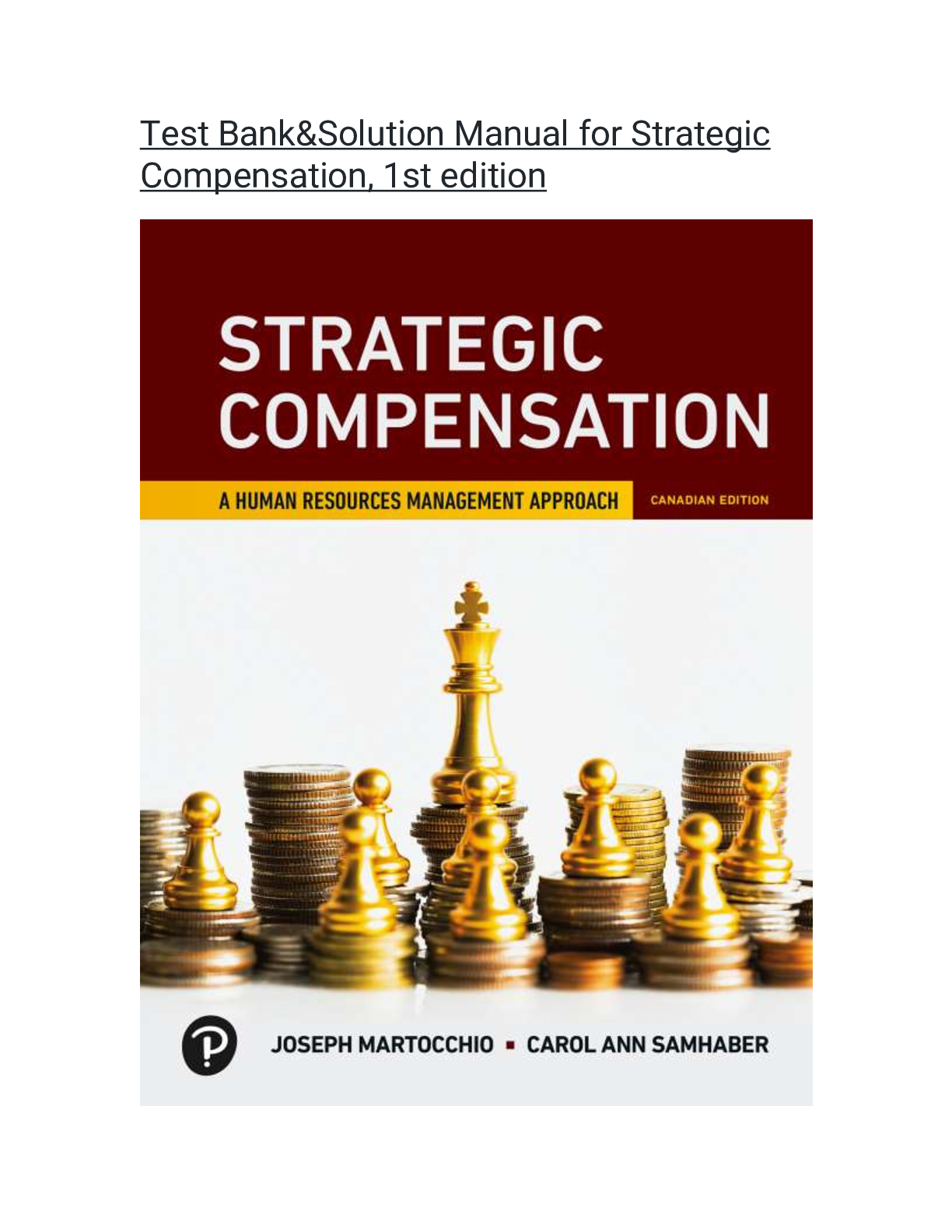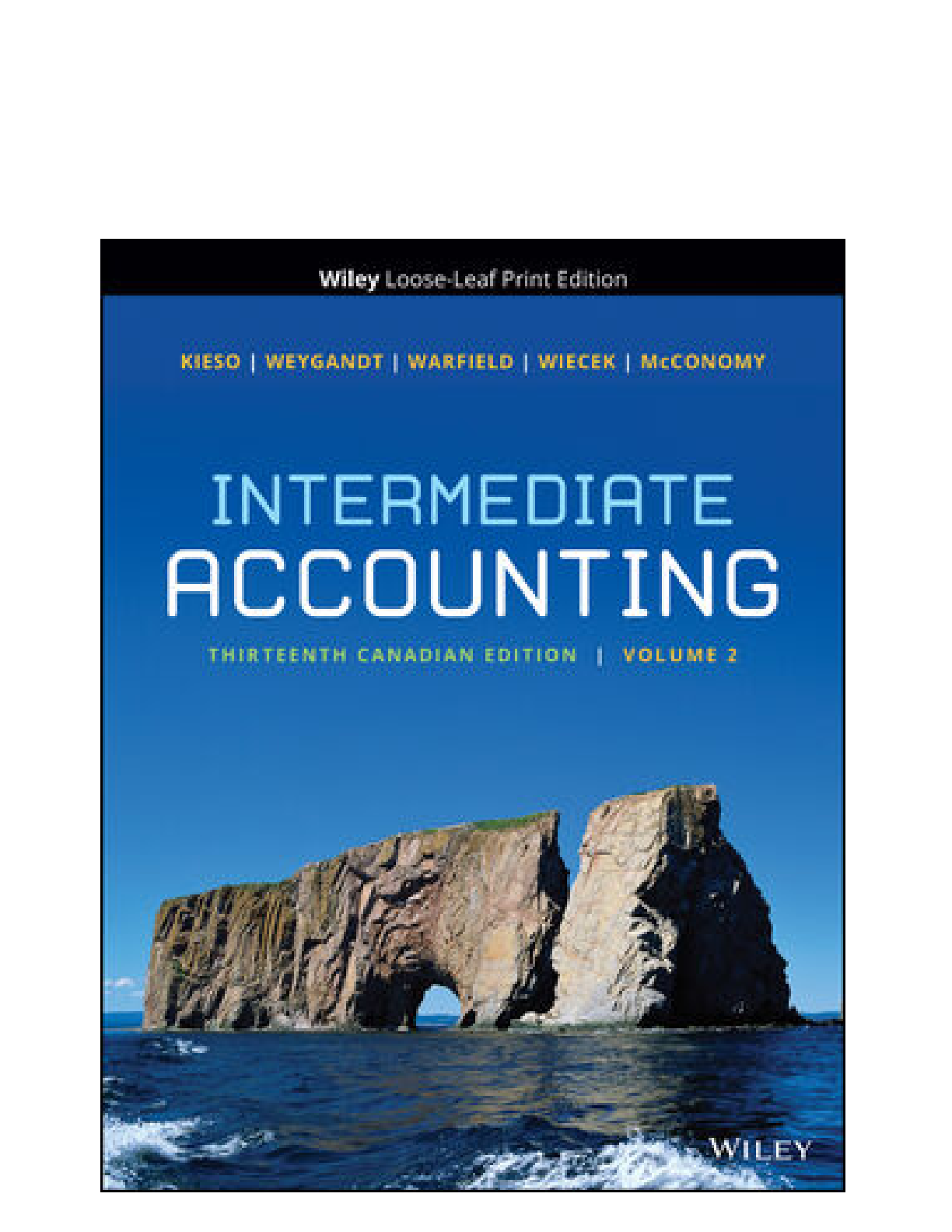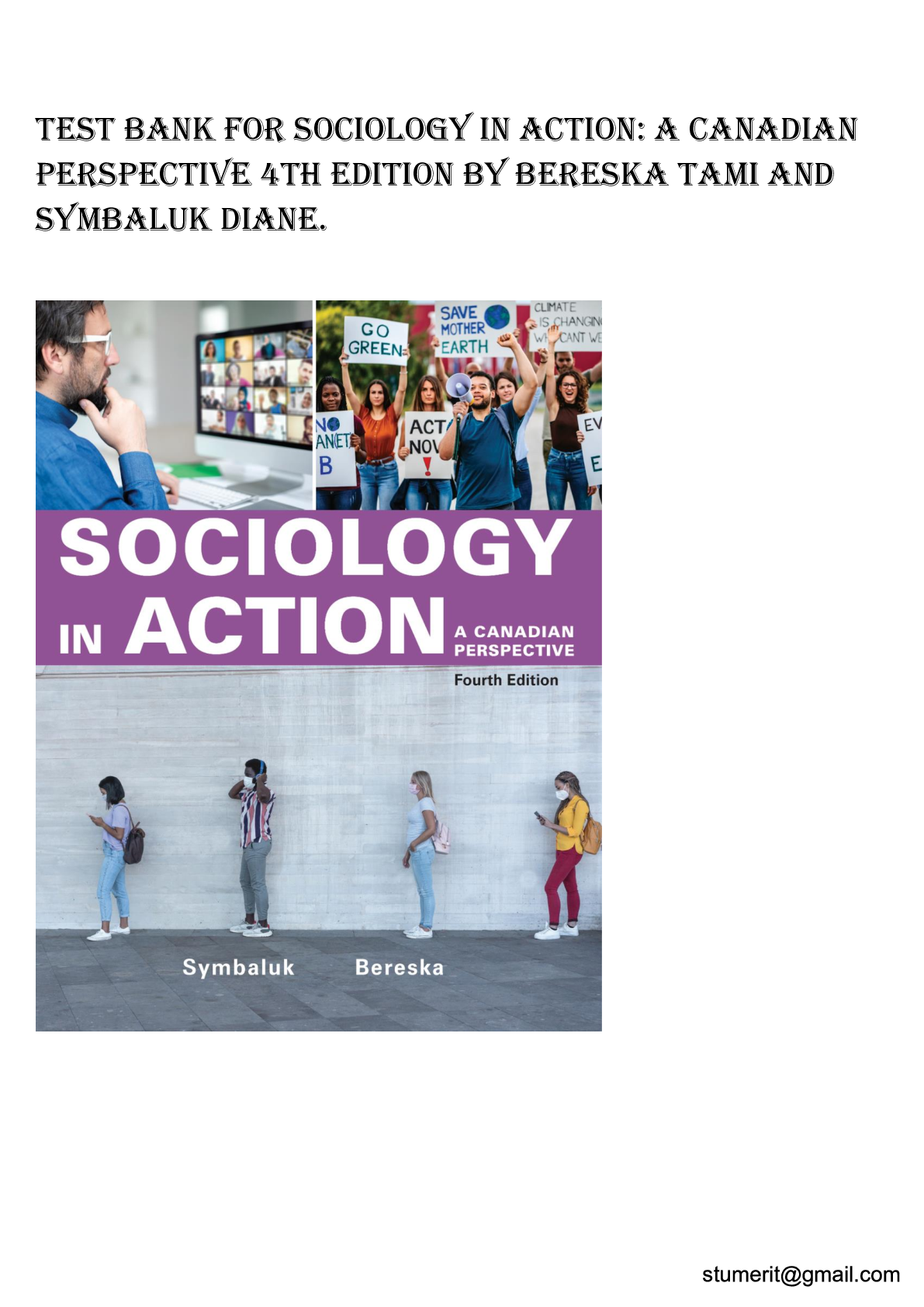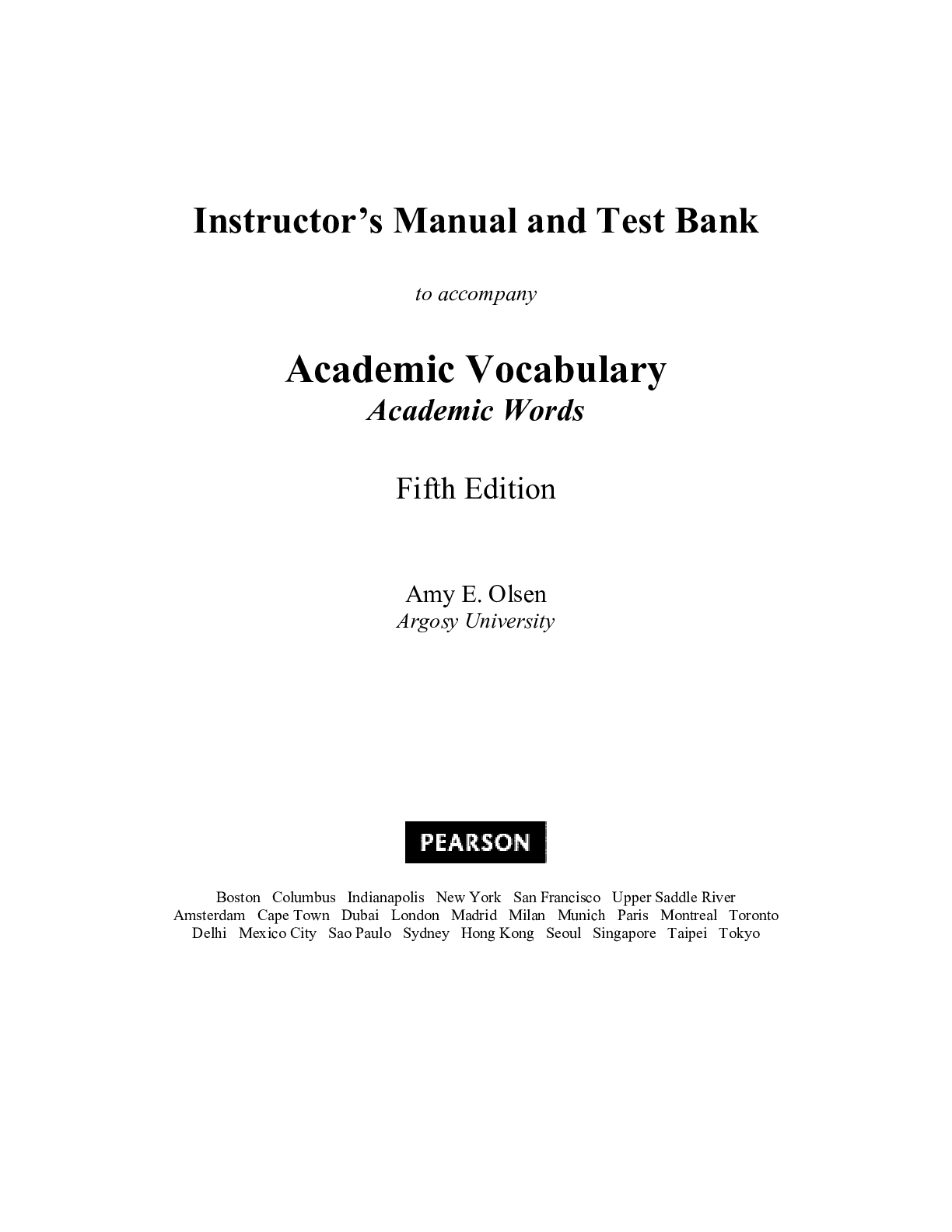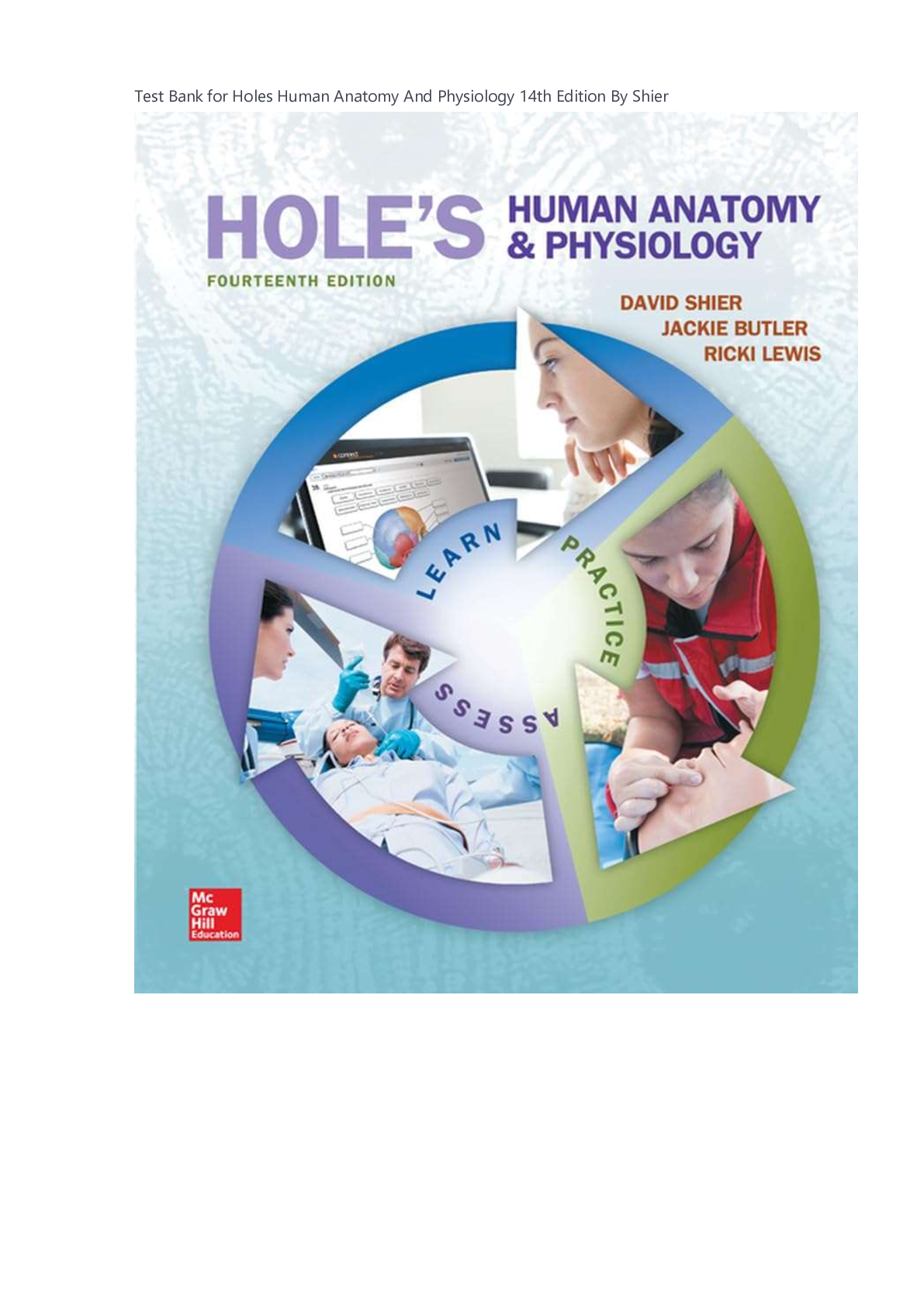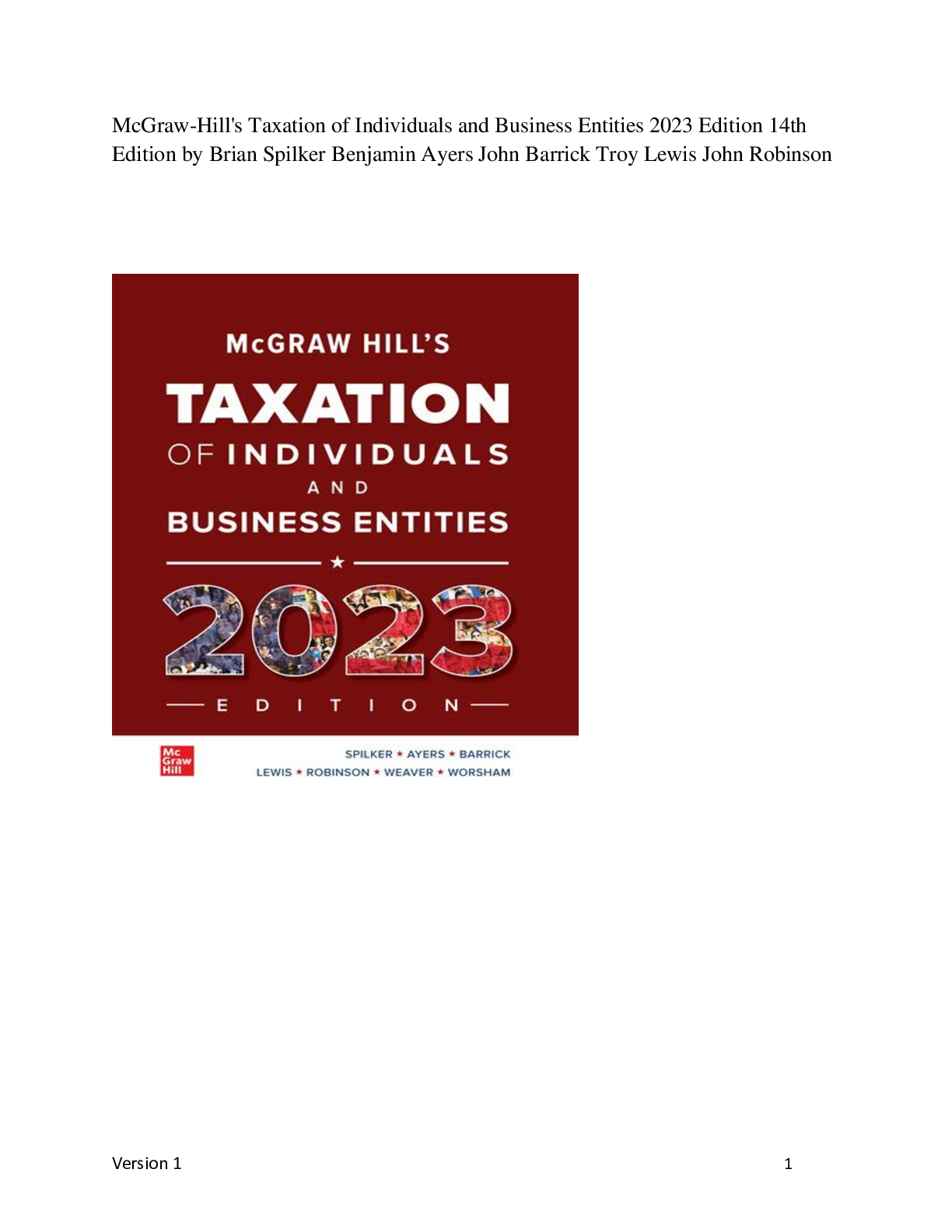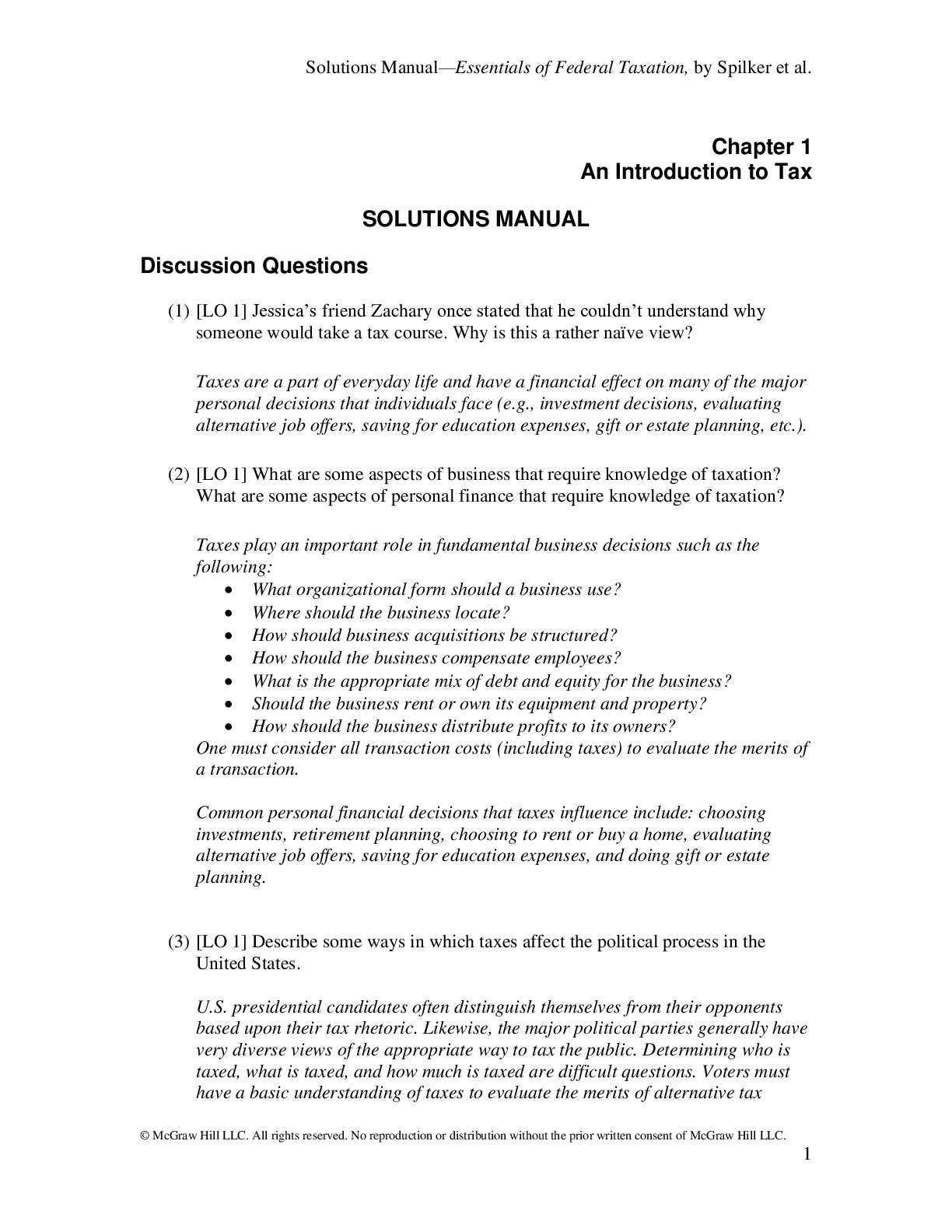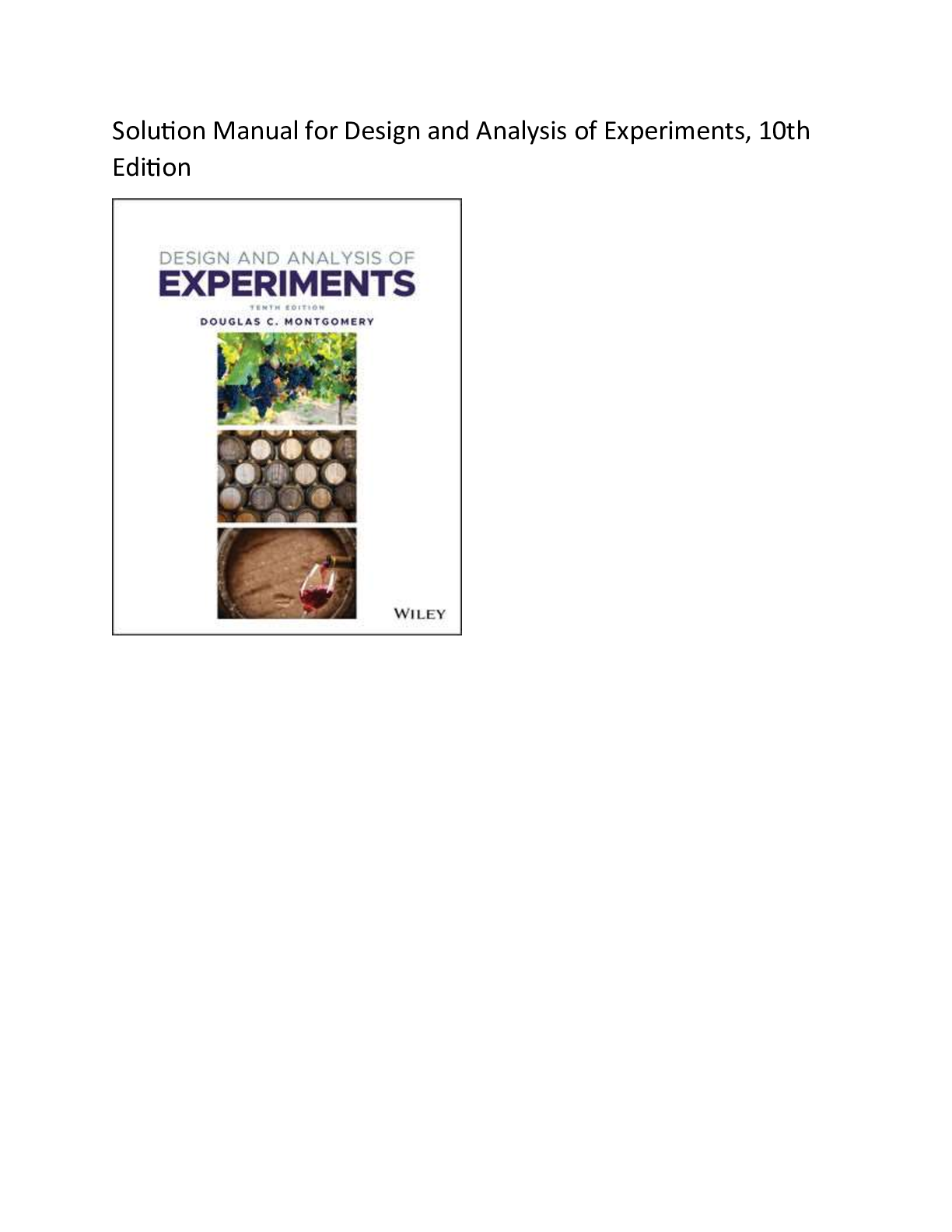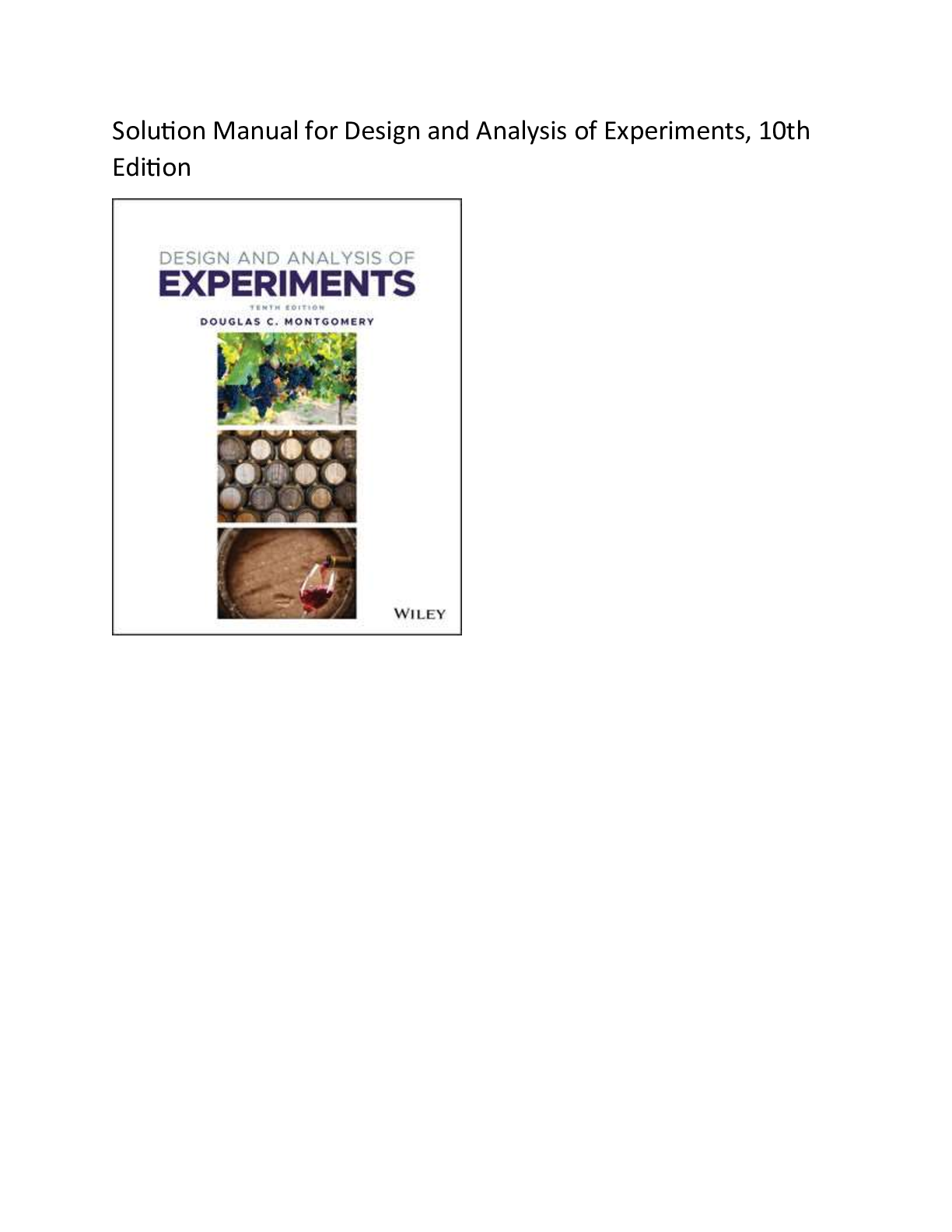Systems Analysis and Design > TEST BANKS > Solution Manual for Design and Analysis of Experiments, 10th Edition (All)
Solution Manual for Design and Analysis of Experiments, 10th Edition
Document Content and Description Below
Chapter 1 Introduction Solutions 1.1S. Suppose that you want to design an experiment to study the proportion of unpopped kernels of popcorn. Complete steps 1-3 of the guidelines for designing exp... eriments in Section 1.4. Are there any major sources of variation that would be difficult to control? Step 1 – Recognition of and statement of the problem. Possible problem statement would be – find the best combination of inputs that maximizes yield on popcorn – minimize unpopped kernels. Step 2 – Selection of the response variable. Possible responses are number of unpopped kernels per 100 kernals in experiment, weight of unpopped kernels versus the total weight of kernels cooked. Step 3 – Choice of factors, levels and range. Possible factors and levels are brand of popcorn (levels: cheap, expensive), age of popcorn (levels: fresh, old), type of cooking method (levels: stovetop, microwave), temperature (levels: 150C, 250C), cooking time (levels: 3 minutes, 5 minutes), amount of cooking oil (levels, 1 oz, 3 oz), etc. 1.2. Suppose that you want to investigate the factors that potentially affect cooked rice. (a) What would you use as a response variable in this experiment? How would you measure the response? (b) List all of the potential sources of variability that could impact the response. (c) Complete the first three steps of the guidelines for designing experiments in Section 1.4. Step 1 – Recognition of and statement of the problem. Step 2 – Selection of the response variable. Step 3 – Choice of factors, levels and range. 1.3. Suppose that you want to compare the growth of garden flowers with different conditions of sunlight, water, fertilizer and soil conditions. Complete steps 1-3 of the guidelines for designing experiments in Section 1.4. Step 1 – Recognition of and statement of the problem. Step 2 – Selection of the response variable. Step 3 – Choice of factors, levels and range. 1.4. Select an experiment of interest to you. Complete steps 1-3 of the guidelines for designing experiments in Section 1.4. Solutions from Montgomery, D. C. (2019) Design and Analysis of Experiments, Wiley, NY 1-2 1.5. Search the World Wide Web for information about Sir Ronald A. Fisher and his work on experimental design in agricultural science at the Rothamsted Experimental Station. Sample searches could include the following: 1.6. Find a Web Site for a business that you are interested in. Develop a list of factors that you would use in an experimental design to improve the effectiveness of this Web S [Show More]
Last updated: 6 months ago
Preview 1 out of 710 pages
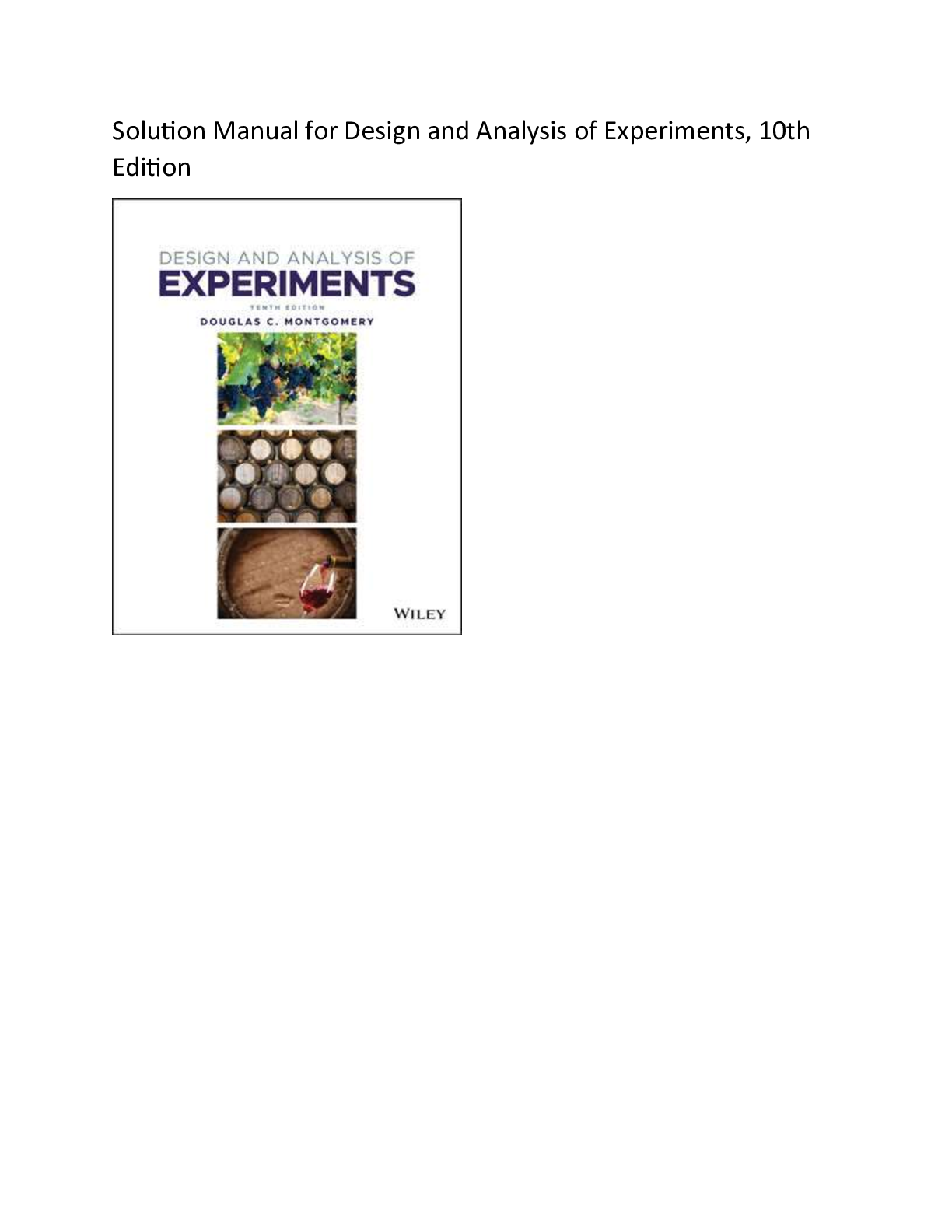
Buy this document to get the full access instantly
Instant Download Access after purchase
Buy NowInstant download
We Accept:

Reviews( 0 )
$27.50
Can't find what you want? Try our AI powered Search
Document information
Connected school, study & course
About the document
Uploaded On
Dec 05, 2024
Number of pages
710
Written in
Additional information
This document has been written for:
Uploaded
Dec 05, 2024
Downloads
0
Views
18

